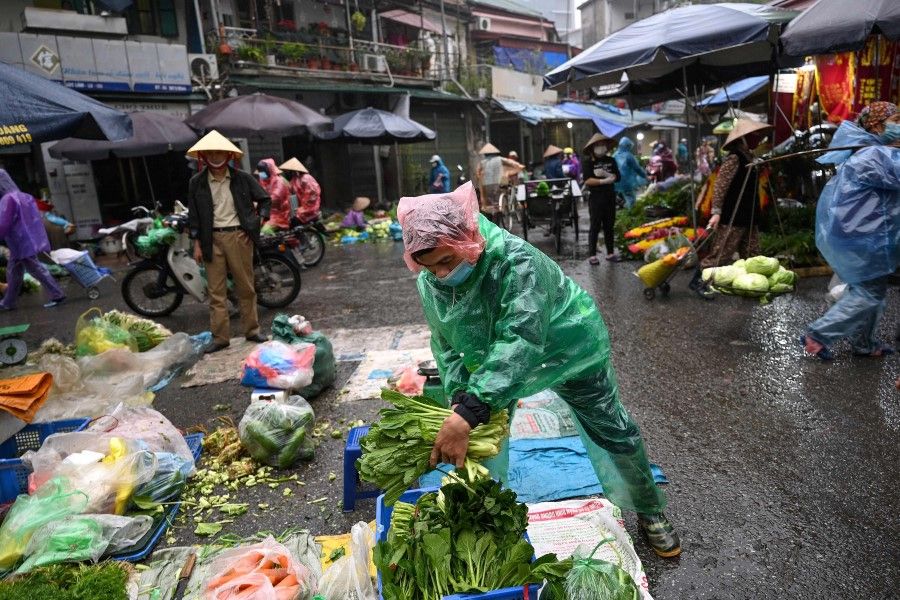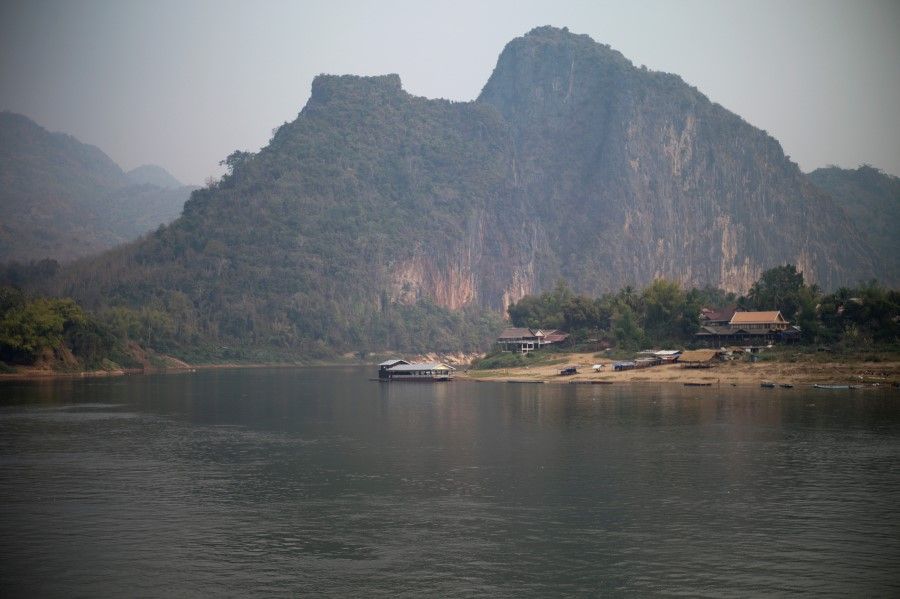Role of Vietnam in Mekong: A middle power in another US-China geopolitical battleground

Supporting the livelihoods of 18 million people, the Mekong River holds a critical position in Vietnam's food security and socioeconomic development. The Mekong Delta, or Cuu Long region, is the country's rice bowl. This fertile region produces half the country's rice and other flagship agricultural outputs that account for a third of the country's GDP.
Vietnam, increasingly, is classified as a middle power along with Australia and even Japan, largely based on the behavioural model of the concept that instructs these states to make active and innovative use of multilateral processes to pursue niche diplomacy and espouse regional norms. Vietnam's multilateral approach toward the South China Sea disputes and promotion of a rule-based regional maritime order are most frequently cited as validation for this classification. But there is another, much less discussed body of water where Vietnam's middle power credentials are increasingly prominent and needed - the Mekong basin.
Vietnam: securing its interests in the Mekong
Vietnam is anxious about hydroelectric dam construction on the Mekong by upstream countries, especially China and Laos. Critics have long argued that these dams block fish migration and disrupt the flow of nutritious sediment vital for agricultural productivity. Vietnam, as the last in line of the Mekong riparian states, is most vulnerable to these effects. One study estimates that Vietnam could experience a 0.3% loss in GDP, or over US$1.14 billion, due to the negative impacts of upstream hydroelectric dams.
Furthermore, there is increasing evidence that China, the most upstream of the Mekong riparian states, has been controlling the water release at the expense of lower stream countries.

Furthermore, there is increasing evidence that China, the most upstream of the Mekong riparian states, has been controlling the water release at the expense of lower stream countries. Some analysts go as far as to portray the Mekong River as a "second front" after the South China Sea in Vietnam's geopolitical struggle against China.
To make matters worse, the Cuu Long Delta also faces serious threats from climate change, extreme weather phenomena, and unsustainable farming practices.
In response, in recent years, Vietnam has moved to securitise water resources in the Mekong. Official documents, most recently, the Political Report to the 13th Party Congress, have stressed the task of resource management for better food, water, ecological, and energy security.
Vietnam's Mekong concerns are a growing focus of its regional diplomacy. At the 2018 Mekong River Commission (MRC) Summit in Cambodia, Prime Minister Nguyen Xuan Phuc emphasised Vietnam's security concerns in the Mekong Delta region and called for a rules-based cross-border water resource management framework.
Greater leadership in regional water cooperation is much needed. As an emerging middle power with significant stakes in the future of the Mekong, Vietnam can and should do more.
Participating in various inter- and intra-regional cooperative mechanisms, Hanoi has proactively promoted economic connectivity and effective management of shared Mekong resources. Vietnam has contributed to the success of these mechanisms' summits, particularly by hosting the Greater Mekong Subregion Cooperation (GMS) Summit and the Vietnam-Laos-Cambodia Development Triangle Area (CLV-DTA) Summit in 2018.

This year, Vietnam will lead a cooperative environmental audit to define and assess riparian states' responsibilities in implementing sustainable development goals in the Mekong River - an initiative proposed by Hanoi.
Bringing in yet balancing stakeholders
As with the South China Sea disputes, Vietnam advocates inclusiveness and multilateralism in addressing the Mekong crisis. Hanoi seeks to enmesh all stakeholders while carefully balancing relationships with major powers interested in the Mekong. In January, Vietnam and the US co-hosted the first Friends of the Mekong Policy Dialogue under the Mekong-US Partnership. Vietnam is also working with China and other riparian states on information sharing, water governance, and flood and drought management through the Mekong-Lancang Cooperation mechanism. On the broader regional level, Vietnam has tried to put water security in the Mekong basin on ASEAN's agenda.
With mounting environmental challenges posed by human activities, ensuring equitable and sustainable resource management in the Mekong is an urgent task. Greater leadership in regional water cooperation is much needed. As an emerging middle power with significant stakes in the future of the Mekong, Vietnam can and should do more.
ASEAN centrality must not be peripheral to this issue that concerns regional human security and constitutes another geopolitical battleground between the US and China.
First, Hanoi should work closely with other stakeholders to strengthen existing water governance institutions. An immediate course of action should be calling for the development of a code of conduct on the utilisation and preservation of Mekong river resources between MRC signatories (Vietnam, Thailand, Laos, and Cambodia). Hanoi's 'special relations' with Vientiane and Phnom Penh and the CLV-DTA provide opportunities to engage with the two neighbours on this matter. Vietnam should also enlist diplomatic support from key development partners such as the US, Japan, and the EU.

Second, Vietnam can take the lead in promoting renewable and alternative sources of energy to ease riparian states' reliance on hydropower dams. The country has been accelerating solar and wind power capacity development and is leading Southeast Asia in this regard. Greater investment in green energy for national development will reduce Vietnam's need to import electricity from Laos, a dilemma that has constrained Hanoi's efforts to persuade Vientiane to reconsider its dam-building activities.
Finally, Vietnam needs to keep raising the profile of the Mekong basin in ASEAN platforms. Vietnam's enhanced reputation, buttressed by its competent Covid-19 response and successful 2020 ASEAN chairmanship, should enable the country to exert more influence in Southeast Asian security governance. ASEAN centrality must not be peripheral to this issue that concerns regional human security and constitutes another geopolitical battleground between the US and China.
Middle power diplomacy requires constant activity and initiative.
This article was first published by ISEAS - Yusof Ishak Institute as a commentary in Fulcrum.
